How To Organize Your Home: 5 Budget Friendly Tips
This post may contain affiliate links and I may be compensated for this post. Please read our disclosure policy here.
How To Organize Your Home: 5 Budget Friendly Tips!
“Excuse the mess but we live here.” Roseanne Barr
Your home is a reflection of how you live your life, not whether you are good enough, or perfect enough to meet some nosey neighbor’s arbitrary standard. I am a professional interior designer and I want my home to be beautiful, I actually feel better in beautiful, orderly surroundings. According to extensive scientific research most of us do – our heart rate and blood pressure increase when we are surrounded by visual clutter and conversely we score higher on IQ tests in rooms we find beautiful.
Your job is not to make your home look like a magazine photo but to figure out how to make your home work for your family and your unique lifestyle. I am the mother of five children and I understand the reality of tripping over shoes right inside the front door, or toys that never seem to have a home. In my role as a designer, I walk into many homes every month and I never judge the people who live there by what I see, I determine the house’s ability to accommodate the family who lives there.
The most budget-friendly thing you can do to organize your home is to make conscious decisions about what you need, how you use it and where it should be located to serve you best. This will lead you to make wise buying decisions in the future. Then when you figure out what you need and where you need to store it you can use some cute clever storage solutions.
De-clutter to De-stress
The first and most obvious step in organizing your home is sorting, and assessing what you have. Weeding through your unneeded or unwanted items will leave you with less to organize. I use a couple of helpful systems for de-cluttering.
- The biggest challenge I face when helping client’s make decisions about what to keep is emotional attachment to items. So many pieces in your home have stories attached. I am not a designer who believes you should get rid of everything and start fresh, I honor your memories and want to keep items that make you happy in your space. For larger items, I keep things if they work in the home. Are they still functional? Do they look good with your decor? Grandma’s rocking chair should not be in the family room if you can’t sit on it.
- When we start sorting children’s art, gifts, cards (basically anything your child ever touched) I like to use memory boxes and a sorting criteria. A memory box is only large enough to fit on a top closet shelf, or under a bed. I go through all of my children’s work and keep items that required creativity on their part. I keep stories, original artwork, sculptures, but no math tests! I don’t even keep giant science projects for longer than a year.
- For sorting through clothing I keep decorative bags in every closet. This is especially important for kids because they keep sprouting up without warning. When your child tries something on and it doesn’t fit or is damaged beyond the point of being wearable have them put those items into the bag. Don’t place the disposal bag right next to the laundry where clothes might fall in by mistake. I use $1.50 IKEA bags with patterns from their organizing department. They stand up nicely and are indestructible. When the bags start to look full I go through them. Some things go to charity, and some go into under the bed storage containers for my next youngest child. That way when my younger child starts to outgrow their clothing I can “shop” under the bed before I head out to buy any new items.
- Place toys in a holding area. I find that parent’s are afraid to get rid of toys because their children might be upset. I get rid of toys in stages. If they aren’t being used I put them in a closet. If they aren’t missed they move to garbage bags in the garage where I keep them for at least a couple of weeks in case I need to “find” something that was “lost.” Another great way to do this is to involve your child in selecting toys for children who would love them – now that’s a win, win.
Closet systems
Once you have pared down it is time to figure out how to make your belongings fit in your house. Closet systems are very expensive but something that we can be achieved on a budget. I like to use IKEA pieces that are not part of their closet systems and repurpose them. I have put Lack coffee tables in playroom closets to store large trucks and bins of blocks under, and then stacked Expedit shelves on top for smaller toy storage. This nursery closet is one freestanding shelf with metal rods attached to the shelf and the wall. It has the look of a custom closet for a fraction of the price.
- Measure your closet’s height, width and depth.
- Determine how much storage you will need, how much folding clothes storage, how many short hanging rods, how many long hanging rods. If you do not have an extensive wardrobe of dresses standard closet rods with the overhead shelf are a complete waste of space.
- Go to IKEA or your local hardware store with your measurements and look for unexpected pieces, dressers, shelves that are small enough to sit on top of the dressers. Things you can stack to make large deep shelves like the Lack coffee tables.
Choose your Containers
Once you have your large structure pieces in place, choose your containers. Mix and match thrift store finds with inexpensive repurposed pieces. As long as your colors are similar and you repeat three baskets and mix them with more than one of something else it will look harmonious. Don’t mix plastic and baskets if your storage is visible! There is absolutely no reason to use expensive containers, mix and match thrift store baskets make a stylish display. Just look for some consistency in shape and color, the containers do not have to be matching just complementary.
Find Underutilized Space
There are places in your house you forget about. You may think you have thought of everything but dig a little deeper.
- Under the bed is often neglected. Store the extra linens for that bed under each bed instead of using an entire linen closet. Just think of the possibilities of a whole hallway closet opening up!
- Use every drawer and cupboard in your furniture wisely. I put a re-purposed dining room sideboard into my master bedroom instead of a dresser. The velvet lined drawers hold my jewelry. The drawers hold clothing and the two cupboards on the side are used for gift wrapping supplies and handbags. One of my side tables in my family room has a small drawer I keep playing cards, pads for keeping score and pencils there. It would be hard to find an empty drawer in this house!
- Use your walls, instead of using floor space for a coat tree put hooks down the hallway. Build inexpensive DIY shelves from floor to ceiling in your dining room for books, it adds a great library feel and allows the room to serve double duty as a library/homework area. Look at your walls and see where you can claim storage space above your head.
Think before you buy
Once you have agonized over getting rid of things, sorted them and found new storage solutions really take some time thinking about new purchases. I have one single shelf for glasses right next to the sink in my kitchen. I saw some beautiful blue glasses I love at World Market. I also have some very inexpensive plastic cups from a big box store. I don’t love the plastic cups but I can stack 3-4 cups in the space of one glass. The beautiful blue glasses do not stack. I don’t know what I was thinking but I have to line them up on the shelf individually. I wish I had taken a moment to think about how practical they were before I scooped them up.
Organizing is a process, sometimes it’s an emotional one because of the memories you have attached to things but in the end your home will feel lighter and easier. We moved last Spring and it was hard. But having to touch every single thing you own really forces you to decide how important it is to your life. So dig in, the results are so worthwhile.
Be sure to check out more organization posts:
- How To Organize Your Pantry On A Budget – 5 Secrets
- How To Organize Your Bedroom – 5 Ways Make Your Master Bedroom Relaxing
This article was contributed by Barbara Miller from Yes Spaces. Be sure to follow Barbara on Facebook and Pinterest, or connect with her on Twitter at @Barbara_Miller. You will also want to check out her website for more great organizing tips!
Barbara’s Bio:
Barbara Miller is out to bring style, functionality and custom-tailored design solutions into every family home. A mother of 5 and professional interior designer, she knows the value of making a room beautiful, and family friendly. Whether she is working with a client, writing a blog or adding to her Youtube series, Barbara strives to make design achievable for everyone.
More Articles You Might Be Interested In:
- Ball Blue Heritage Collection Jars – $7.91 for 6 Pack (beautiful for organizing)!
- Bathroom Organizers – As low as $3.99 Shipped
- Organizing Kids Rooms , including a fun art corner in the room
- Kids Rooms – How To Organize Your Kids Bedroom & DIY House Bed Under $200!
- Stackable Can Rack Organizer Only $26.97!
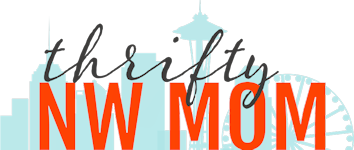
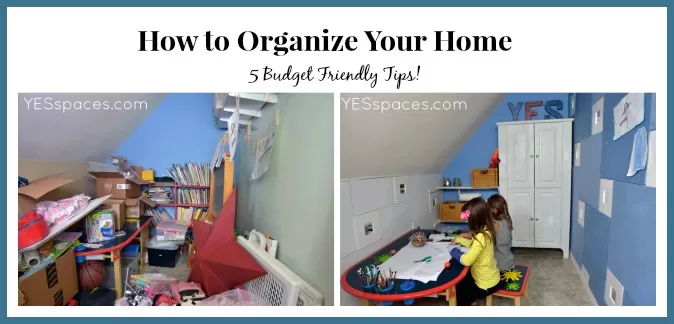
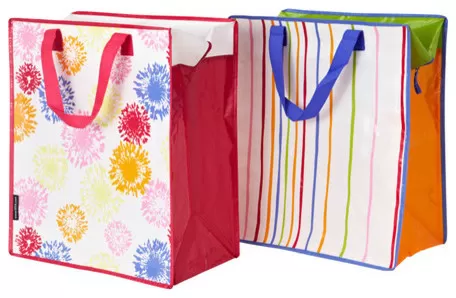
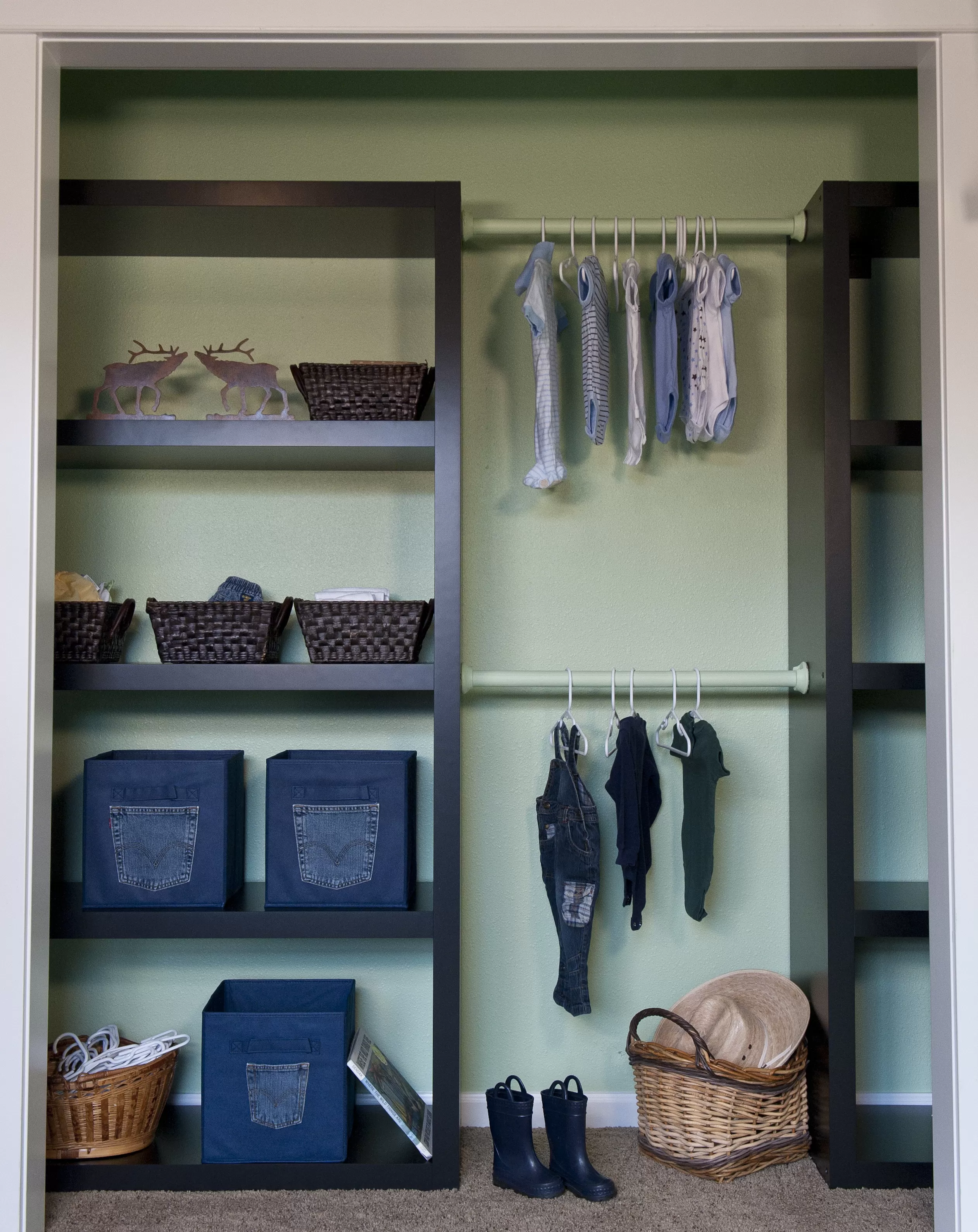
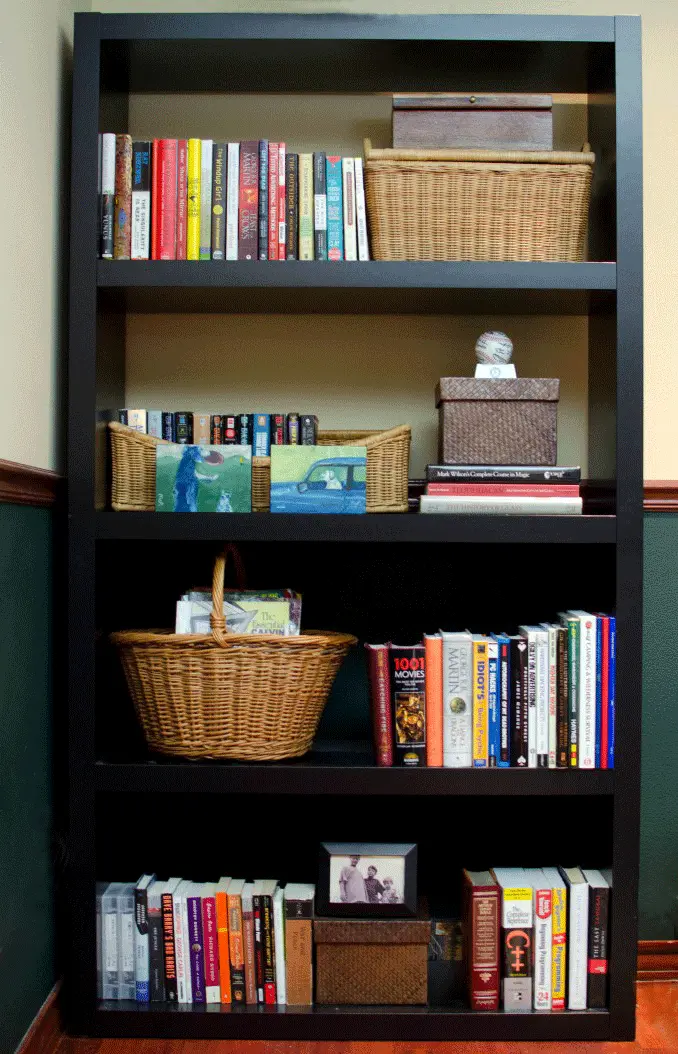
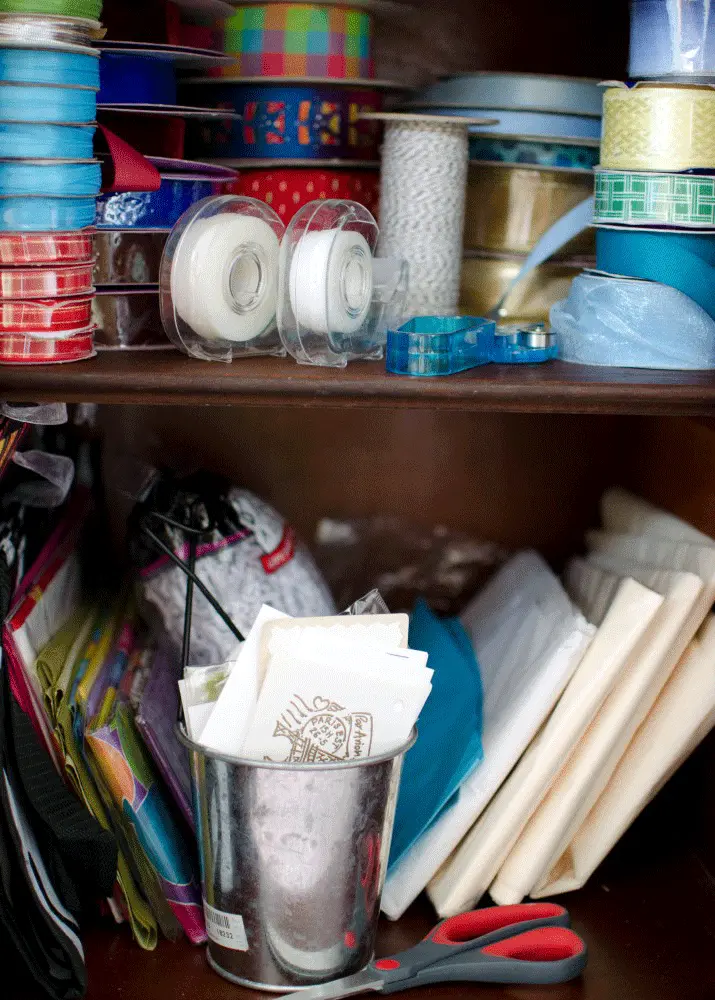
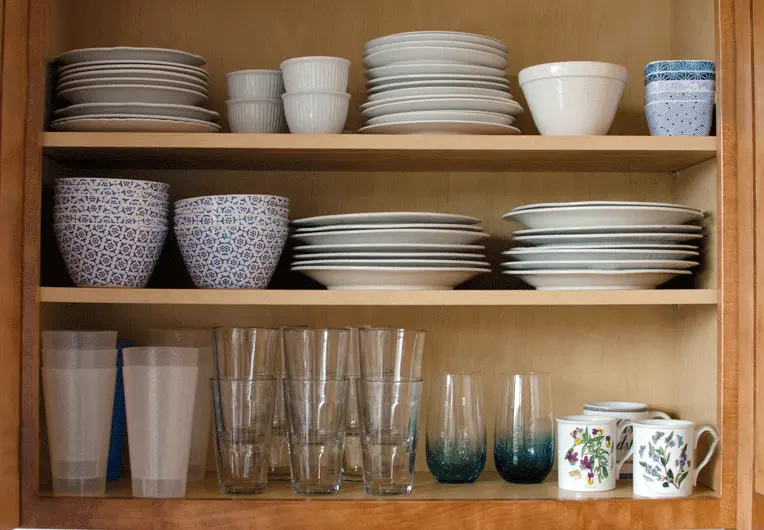
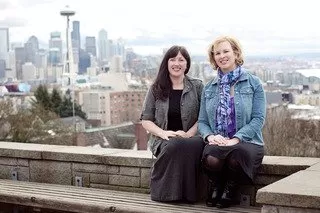
Where can I look for the shelves from the picture in the closet? Thanks